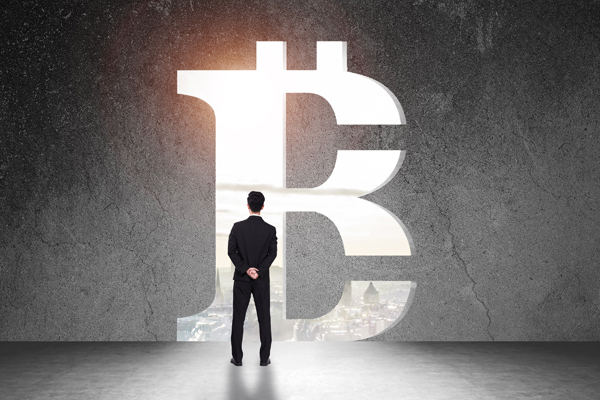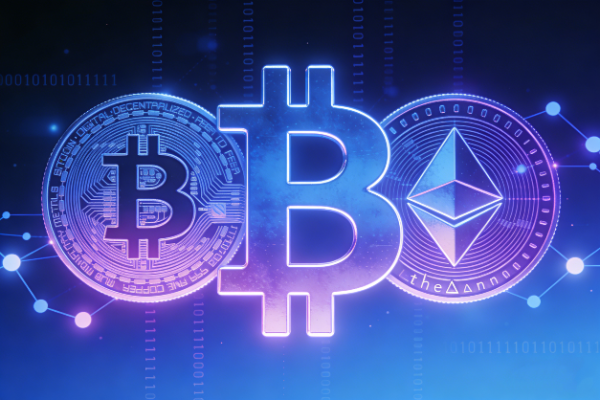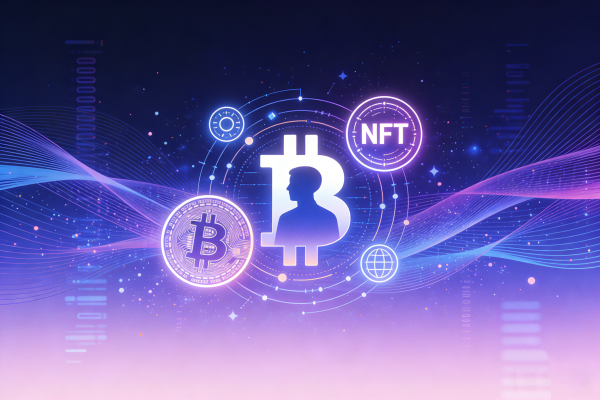Under the regulatory wind, the stablecoin bill has become a new battlefield for infighting in the crypto industry

The crypto industry has always walked the fine line between innovation and scam, and regulators need to really clarify what kind of industry they want to support.
Crypto has ushered in a heyday in Washington. Lawsuits have dissipated, a group of industry-backed lawmakers have entered Congress, and the White House has welcomed a senior official dedicated to digital assets. However, now the crypto industry may be its own worst enemy. Due to strategic, commercial and ideological differences, fierce infighting is taking place within the industry.
Nic Carter, a partner at Castle Island Ventures, bluntly described the crypto community: "They hate each other." But he added: "But they hate the outside world more."
After years of negotiations, people's hopes for crypto-friendly legislation to pass Congress have soared, and many leading companies are pushing for a regulatory framework that is more in line with the characteristics of digital assets. It stands to reason that under this optimistic mood, the promotion of legislation should be a natural result.
But now, I am beginning to doubt which bill will actually be implemented.
Even the least controversial stablecoin bill - a regulatory framework for private digital currencies pegged to the US dollar - is now embroiled in the disputes within the crypto industry.
Paolo Ardoino, whose Tether is the world’s largest stablecoin issuer, wrote on X that the draft legislation was an attempt by competitors to “kill Tether.” Richard Grenell, a former senior diplomat in the Trump administration, seemed to agree, writing in a post: “Some crypto companies are manipulating the system again to try to eliminate competition.”
Trump ally Chris Pavlovski, CEO of video streaming platform Rumble (which has partnered with Tether), also posted on X that he suspected the “toxic stablecoin legislation” was undermining market confidence in the crypto industry.
“Who is pushing this garbage?” he added.
You know, this should have been the easiest bill to pass.
In fact, despite its growing influence, the crypto industry remains a highly divided industry with complex internal interests that are even more difficult to coordinate than traditional finance. In addition to basic market competition, there are also huge differences within the crypto industry on the future development direction of digital assets and related technical paths.
For Washington, “supporting crypto” is far less simple than imagined.
But for the crypto industry, it’s more about survival. The industry, long labeled a playground for speculators and money launderers, now has a critical moment to redefine itself and shape its political influence—if its leaders are willing to push for more than just higher prices.
For now, the Trump administration appears to be still figuring out how to engage with the crypto industry. The White House’s cryptocurrency advisory board has not yet been formally established, and the plan is to start with a series of summits with the industry, according to people familiar with the matter.
The first summit is scheduled for Friday.
When I mentioned the divisions within the crypto industry to Paul Grewal, Coinbase’s chief legal officer, he admitted, “This is an all-encompassing field.”
“There are a lot of different people in the industry, and we don’t always see eye to eye,” he said.
In fact, the word “cryptocurrency” itself implies a contradiction.
Digital assets such as Bitcoin were originally conceived as currencies, and their use in the payment field remains a core argument for their long-term value. However, in the United States, especially, the mainstream perception of cryptocurrencies is more like an investment tool, and the core goal of the market is often to drive prices higher.
But if the value of a currency fluctuates wildly, it will be difficult for it to be widely used in actual payments. In other words, cryptocurrencies want to be both a serious monetary system and a gold mine for speculative markets, and these two are difficult to reconcile. At present, the vast majority of crypto payments are completed through stablecoins, which are essentially a supplement to government fiat currencies rather than a real competitor.
Another contradiction is that the core selling point of Bitcoin is decentralization, which allows transactions to no longer rely on traditional financial institutions such as banks. However, the development of the crypto industry relies on centralized platforms, such as exchanges such as Coinbase and Binance, which serve as the core infrastructure for market transactions. This has formed a natural split between the decentralized ideal and the centralized reality.
In addition, the legitimacy and recognition of different crypto assets are also the focus of controversy within the industry. Especially this week, Trump's post supporting the establishment of a "strategic crypto reserve" in the hope of hoarding certain specific tokens has triggered a new round of discussions.
The crypto industry has been walking on the boundary between innovation and scams, and regulators need to really clarify what kind of industry they want to support.
Washington's long-term focus on the crypto industry has mainly focused on consumer protection and preventing illegal financial activities. At the same time, policymakers also want to promote the development of underlying technologies to further improve financial efficiency and promote new innovations.
But it cannot be ignored that the government's policy choices will directly affect the future development of the crypto industry. Therefore, policymakers need to act cautiously when formulating regulatory frameworks to avoid unexpected consequences.
This also draws the focus to stablecoins, as any relevant legislation will affect both the crypto market and the global status of the US dollar.
Currently, bills proposed by both houses of the US Congress aim to strengthen supervision of stablecoin issuers, requiring these tokens to be backed by highly secure assets to ensure that they can be exchanged for US dollars at par at any time. The core goal of this measure is to prevent credit risks in digital assets that should be anchored to the US dollar.
"The growth in the use of stablecoins is partly due to other countries' desire to store US dollar assets through it." Nellie Liang, former deputy secretary of the Treasury Department for domestic financial affairs in the Biden administration, said, "Therefore, we need to establish a regulatory framework that can give these stablecoins credibility."
The current legislative direction may benefit US-based stablecoin issuers such as Circle, but it may also restrict Tether's operations in the US market-this is one of the core controversies behind the bill.
Tether has close ties with Cantor Fitzgerald, where U.S. Commerce Secretary Howard Lutnick once worked, but has long faced questions in the United States, where regulators have doubts about the transparency and compliance of its reserve assets. To this end, Tether has recently begun to strengthen transparency and announced on Monday that it is advancing a comprehensive financial audit in response to market concerns about its reserves and stability.
However, Tether may still find it difficult to fit into the upcoming legislative framework. Its reserve assets include not only ultra-safe cash and U.S. Treasuries, but also a wider range of asset classes. In addition, if Tether is to be subject to U.S. regulation, it must establish an entity in the United States, which may be a major obstacle for the company headquartered in El Salvador.
According to a report by TRM Labs, Tether was involved in $19.3 billion in illegal financial transactions in 2023, far exceeding its competitors.
Dante Disparte, head of public policy at Circle, did not comment directly on Tether in the interview, but he hinted at the tension within the industry and described Circle as a "fully reserved and highly transparent stablecoin operator." This seems to be in stark contrast to Tether.
He also said that the "space race for digital currencies" will be won by digital dollars that comply with U.S. law, and not all stablecoins currently meet this requirement.
George Selgin, an economist at the liberal think tank Cato Institute, compared the lack of clear regulation of stablecoins to underground distilled liquor during the Prohibition period - the ingredients are unknown, the risks are unpredictable, and there is uncertainty.









